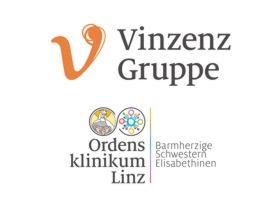Local relapse after breast-conserving surgery and radiotherapy: effects on survival parametersTools Hammer, Josef und Track, Christine und Seewald, Dietmar H und Spiegl, Kurt J und Feichtinger, Johannes und Petzer, Andreas L und Langsteger, Werner und Pöstlberger, Sabine und Bräutigam, Elisabeth (2009) Local relapse after breast-conserving surgery and radiotherapy: effects on survival parameters. Strahlentherapie und Onkologie : Organ der Deutschen Rontgengesellschaft ... [et al], 185 (7). pp. 431-437. ISSN 1439-099X 3- 2009 Strahlentherap Onkol Hammer.pdf ['document_security_info' not defined] Nur registrierte Benutzer ['summary_page:download' not defined] (322kB) KurzfassungPURPOSE
This retrospective analysis of 1,610 women treated for breast cancer and 88 patients with local relapse aims to show the poor survival parameters after local failure and to evaluate risk factors and compare them with other studies and analyses published.
PATIENTS AND METHODS
Between 1984 and 1997, 1,610 patients presenting with a total of 1,635 pT1-2 invasive and noninvasive carcinomas of the breast were treated at the authors' institution. The mean age was 57.1 years (range 25-85 years). Treatment protocols involved breast-conserving surgery with or without systemic therapy and whole-breast radiotherapy in all women, followed by a boost dose to the tumor bed according to risk factors for local recurrence. All axillary node-positive patients underwent systemic therapy (six cycles of classic CMF or tamoxifen 20 mg/day for 2-5 years). The time of diagnosis of local relapse was defined as time 0 for the survival curves after local failure. The association of clinicopathologic factors was studied using uni- and multivariate analyses. Survival and local control were calculated by the Kaplan-Meier actuarial method and significance by the log-rank test.
RESULTS
After a mean follow-up of 104 months, 88 local failures were recorded (5.4%). Calculated from the time of diagnosis of local relapse, 5-year overall survival (OS) was 62.8%, metastasis-free survival 60.6%, and disease-specific survival 64.2%. In patients with failure during the first 5 years after treatment, the survival parameters were worse (OS 50.6%) compared to those who relapsed after 5 years (OS 78.8%; p < 0.028). Significances were also found for initial T- and N-stage and type of failure (solid tumor vs. diffuse spread).
CONCLUSION
This analysis again shows that the survival parameters are worsening after local relapse, especially in case of early occurrence. In breast cancer treatment, therefore, the goal remains to avoid local failure.
|
||||||||||||||
|
|
|
|


 Tools
Tools Tools
Tools